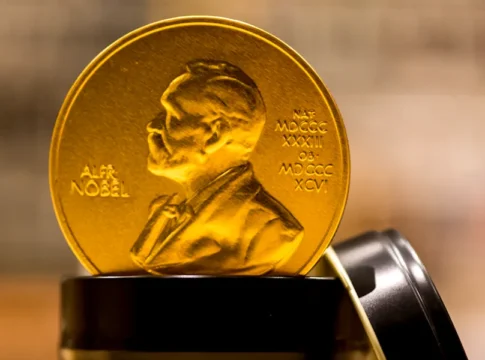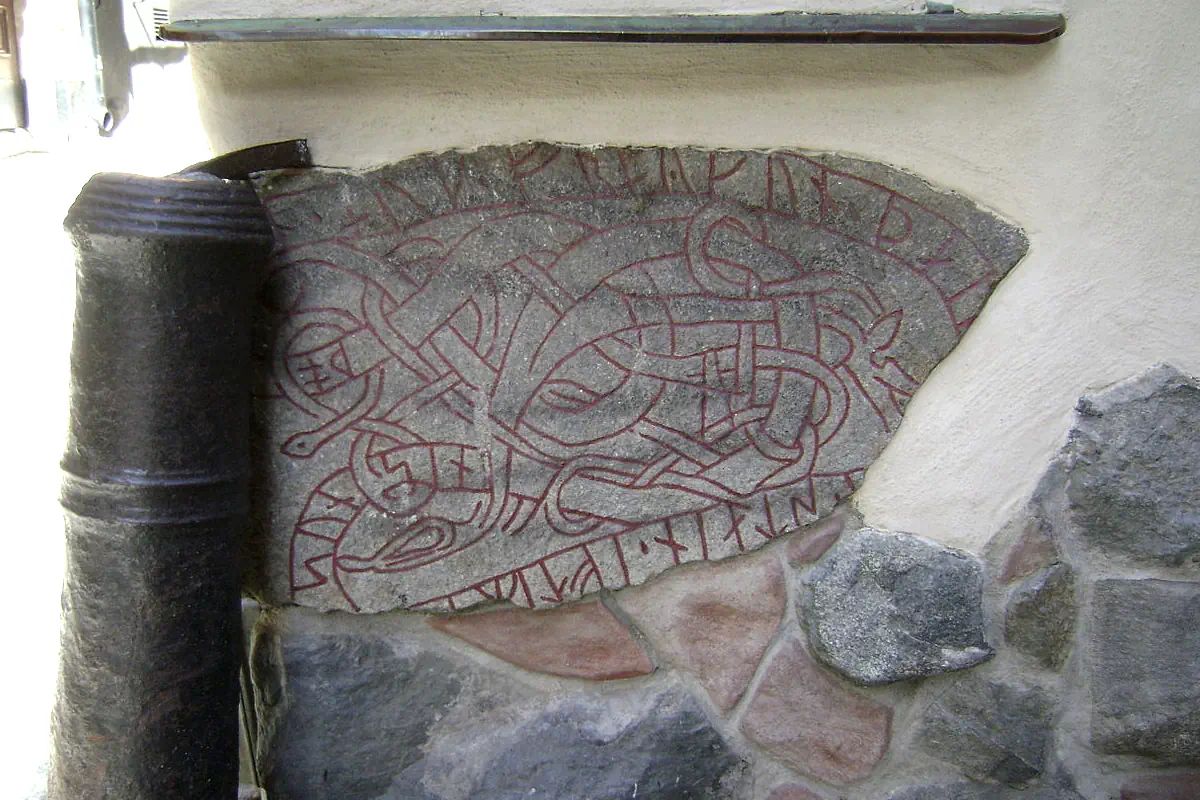 Photo: Alexander Mahmoud
Photo: Alexander MahmoudNobel Prize Museum Stockholm: Where Great Minds Inspire
Discover the Nobel Prize Museum in Stockholm’s Old Town, where laureate stories come alive through interactive exhibits, tours, and workshops…

Stockholm, a city renowned for its seamless blend of history, culture, and modernity, holds countless treasures for the curious traveler. Among its myriad wonders, the historic district of Gamla Stan stands out with its cobbled streets and medieval architecture. Yet, hidden in plain sight within this ancient neighborhood lies a remarkable piece of history—a rune stone embedded in a house wall.
Gamla Stan, or the “Old Town,” is one of the best-preserved medieval city centers in Europe. It teems with stories from the past, and among its many landmarks is a unique relic from the Viking Age. This rune stone, etched with ancient symbols and inscriptions, tells tales of a time when Vikings roamed the Nordic lands.
The rune stone, hidden away on Prästgatan 28, is a hidden gem that many visitors might overlook. Partially visible above eye level, it seamlessly integrates into the wall of a building—an intriguing reminder of the area’s layered history. The stone’s dimensions are 0.95 meters by 0.55 meters. Despite its damage, a significant portion of its inscription remains readable.
[highlight type=”anecdote” icon=”🗿” title=”Decoding the Rune Stone in Gamla Stan” heading=”h3″]The runes on this stone are in Old Norse, a language used by the Vikings. Although the full text has been lost to time, scholars suggest that it memorializes a man named Torsten and his son.
[/highlight]
Historians believe that someone carved the stone’s inscription in the 11th century, a time when people commonly used rune stones to commemorate the deceased or mark significant events. People often placed these stones in public spaces, creating a connection between the living community and their ancestors.




After marveling at the rune stone, continue your journey through Gamla Stan. The district is filled with attractions like the Royal Palace, Stockholm Cathedral, and the Nobel Prize Museum. Each corner of this historic quarter tells a story, offering a vivid tapestry of Sweden’s past and present.
The rune stone of Gamla Stan is more than just an artifact; it’s a tangible link to Stockholm’s rich Viking heritage. So, on your next visit to Stockholm, take a moment to uncover this ancient secret tucked away in the heart of the city.
![]() Rune Stone in Gamla Stan
Rune Stone in Gamla Stan
![]() Runsten i Gamla Stan
Runsten i Gamla Stan